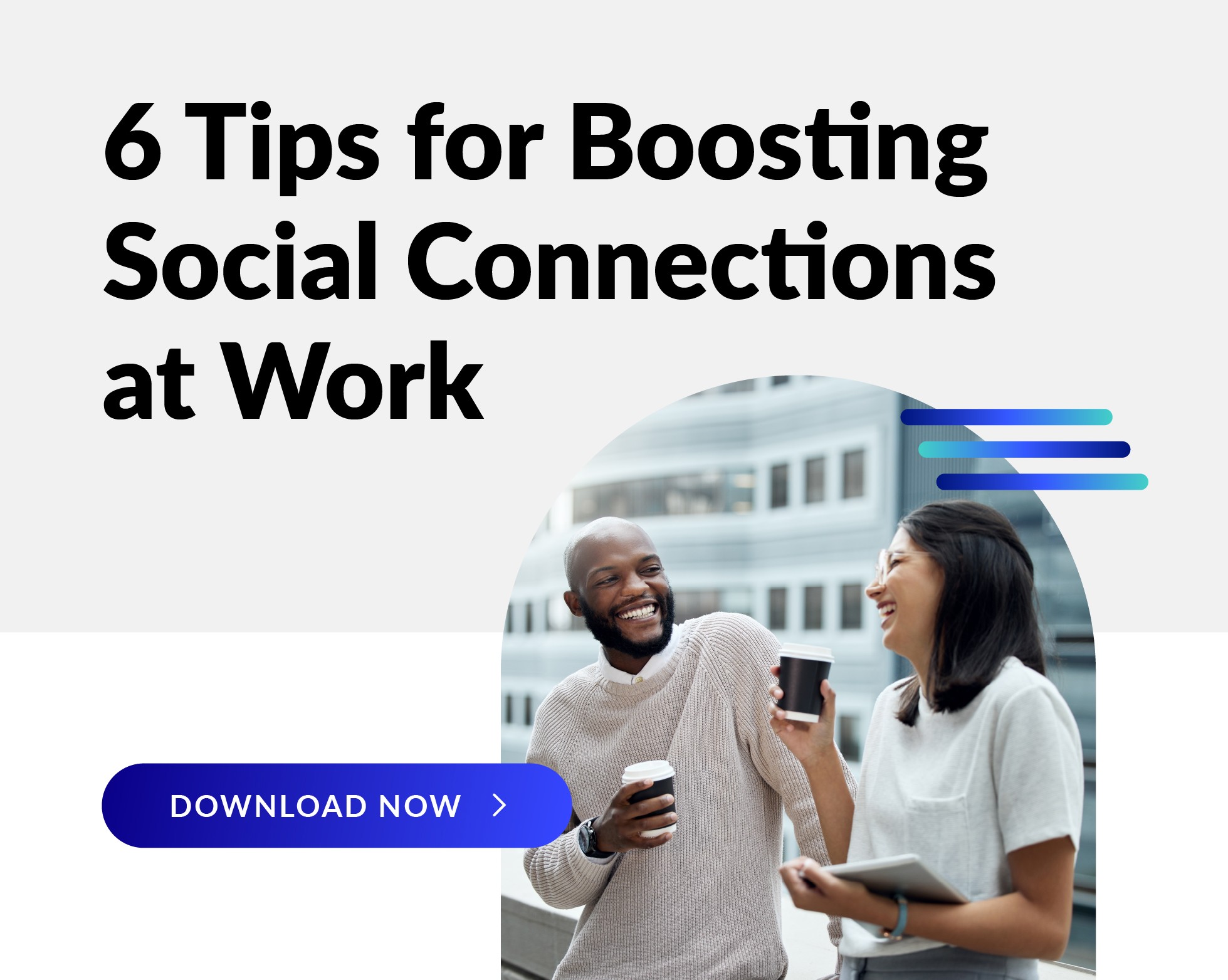 Our very own Erin Seaverson, Senior Director of Research and Evaluation, co-authored a peer-reviewed study titled “Association Between Nine Quality Components and Superior Worksite Health Management Program Results.” At WebMD Health Services, these nine fundamentals are the foundation for designing programs that deliver the best outcomes for our clients. This blog dives into our nine fundamentals to explain what they are and how they work to keep populations engaged in well-being programs in order to bring real results.
Our very own Erin Seaverson, Senior Director of Research and Evaluation, co-authored a peer-reviewed study titled “Association Between Nine Quality Components and Superior Worksite Health Management Program Results.” At WebMD Health Services, these nine fundamentals are the foundation for designing programs that deliver the best outcomes for our clients. This blog dives into our nine fundamentals to explain what they are and how they work to keep populations engaged in well-being programs in order to bring real results.
Erin’s research showed that when clients implement all nine fundamentals of well-being programs, they achieve 4.7% more health risk reduction outcomes and a better overall improvement in health in general.1 Just what exactly are these fundamentals? We lay them out below.
Biometric health screenings.
One of the best ways to start a program is through biometric health screenings. For participants, biometric screenings offer awareness of clinical risk factors and enable any necessary action to better their well-being. In this foundational concept, there are several layers to consider, including:
- Do biometric screenings fit within the overall framework of the program design?
- Will this be offered once a year, or will there be regular opportunities for screenings?
- How many testing options will be offered?
- How will participants receive “teachable moment” opportunities to learn what their metrics mean and how to best move forward?
Comprehensive program design.
Well-being programs should incorporate a detailed design that supports all segments of an organization’s population. For example, those that need help managing a chronic condition will need different tools, resources, and levels of support than those who are just becoming interested in their health status but aren’t yet ready to change their behaviors. To activate and engage all segments of a population, a comprehensive design should consider:
- The needs of individuals across the continuum of health.
- Targeted programming to help segments of a population with specific wellness objectives.
- Which solutions are required to support holistic well-being.
- What and how solutions are offered to individuals.
Population-based awareness-building activities.
To build awareness of a program, organizations should develop a strategy that includes educational, awareness-building opportunities. Our research shows that strategies tend to work best when they’re aligned with a company’s core values. For example, those that have a culture of well-being could create champion networks to positively shape and influence that culture while engaging more people in specific wellness initiatives. When building awareness, organizations should consider:
- Environmental support, such as workplace infrastructure.
- Building wellness policies into the culture.
- Linking activities to the company’s overall mission.
- Programs and strategies that build social connectedness and foster a sense of community.
Strong leadership support.
When well-being is supported from the top down, people are more likely to participate and engage in programs. And it’s not just our research that supports this. A recent study from the Health Enhancement Research Organization (HERO) found that organizational and leadership support—more than any other factor—predicted participation in initiatives like health screenings, improvement in health risks and medical costs, and even perceptions of organizational support. Everyone in leadership roles, from the C-suite to the team leads, is foundational to a program’s success. Organizations should consider:
- How management is held accountable for employee well-being.
- If turn-key activities, communications and tools are available to help managers support the well-being program.
- Supporting mid-level managers in their efforts to improve their team members’ well-being.
Strategic, comprehensive communications.
Even the best well-being programs can’t succeed if populations don’t know they exist. And it’s not just about quantity—simply throwing out tons of information—or even necessarily quality, for that matter. Really, communications should provide the right message to the right population at the right time. Taking a data-driven approach that helps enable targeted messaging is crucial to a program’s success. Another aspect to consider is bidirectional communications. What are participants saying about the program? How might that help inform strategy?
Integrated incentives.
When we say a program should include integrated incentives, what we mean is that incentives should be integrated within the culture of an organization and be meaningful to the participant. This includes options that go beyond financial rewards to provide more intrinsic value to the person, such as charitable donations. Rewards should also be reasonable, appropriate and timely. Consider what employees really want and what’s going to get them to participate long-term. Some companies are evolving their programs to include more diversity, like giving employees more choice in the reward they’d like to receive.
Dedicated well-being staff.
Well-being staff can be one of the most impactful parts of a successful program. At WebMD Health Services, we have a Dedicated Well-Being Staff that supports onsite, near-site, shared-site, and even remote opportunities to connect with participants. By integrating within a company, we help coordinate and implement support for well-being programs while truly being ambassadors of that organization’s well-being culture. To be successful, it’s important to consider aligning well-being support with organizational culture and program strategy, mapping activities to the company’s overall goals, and making sure that staff is available in times and places that are convenient for employees.
Multiple delivery modalities.
Well-being is personal. It has never been a one-size-fits-all approach, so a well-being program shouldn’t be, either. It’s crucial to leverage several different modalities to connect people to the resources they need where and when they need them. The more options deployed, the more likely an organization is to connect and engage more participants. Consider phone, online, app-based, one-on-one, group, and in-person modalities to reach a wider audience.
Vendor integration.
Integrating with vendors is a bit different than it was when this study was conducted, but it’s still an essential element to program design and implementation. Today, it’s not just about integrating an exchange of data between partners. It’s about integrating different vendors within the platform that work together to offer holistic well-being solutions, as well as bringing various partners onsite during events, such as health fairs. Questions to consider for this foundational concept include:
- Is the participant experience cohesive and seamless?
- Does the program encourage referrals and transfers from collaborating vendors?
- Are activity trackers and device data integrated and used to personalize the program?
Overall, we’ve found that the details within these nine fundamentals may evolve over time, but the fundamentals themselves remain the same. And it’s these core elements that position our clients to win top industry awards for their well-being programs, including the C. Everett Koop Award, the WELCOA Well Workplace Award, and the NBGH Best Employers: Excellence in Health & Well-being award. More than that, these honors tell us that more people are working toward achieving happier, healthier lives. And at the end of the day, that’s why we do what we do.
Related Content:

